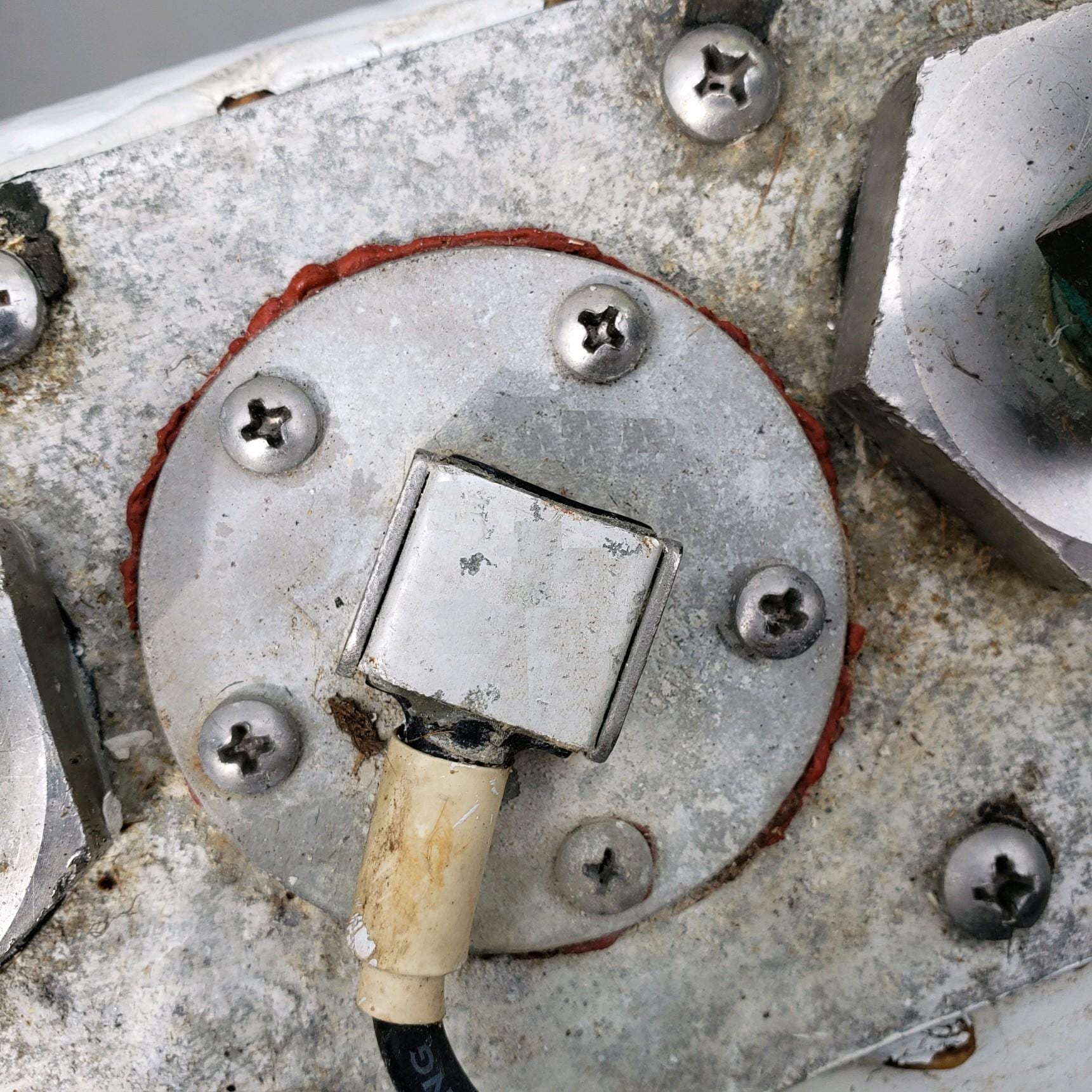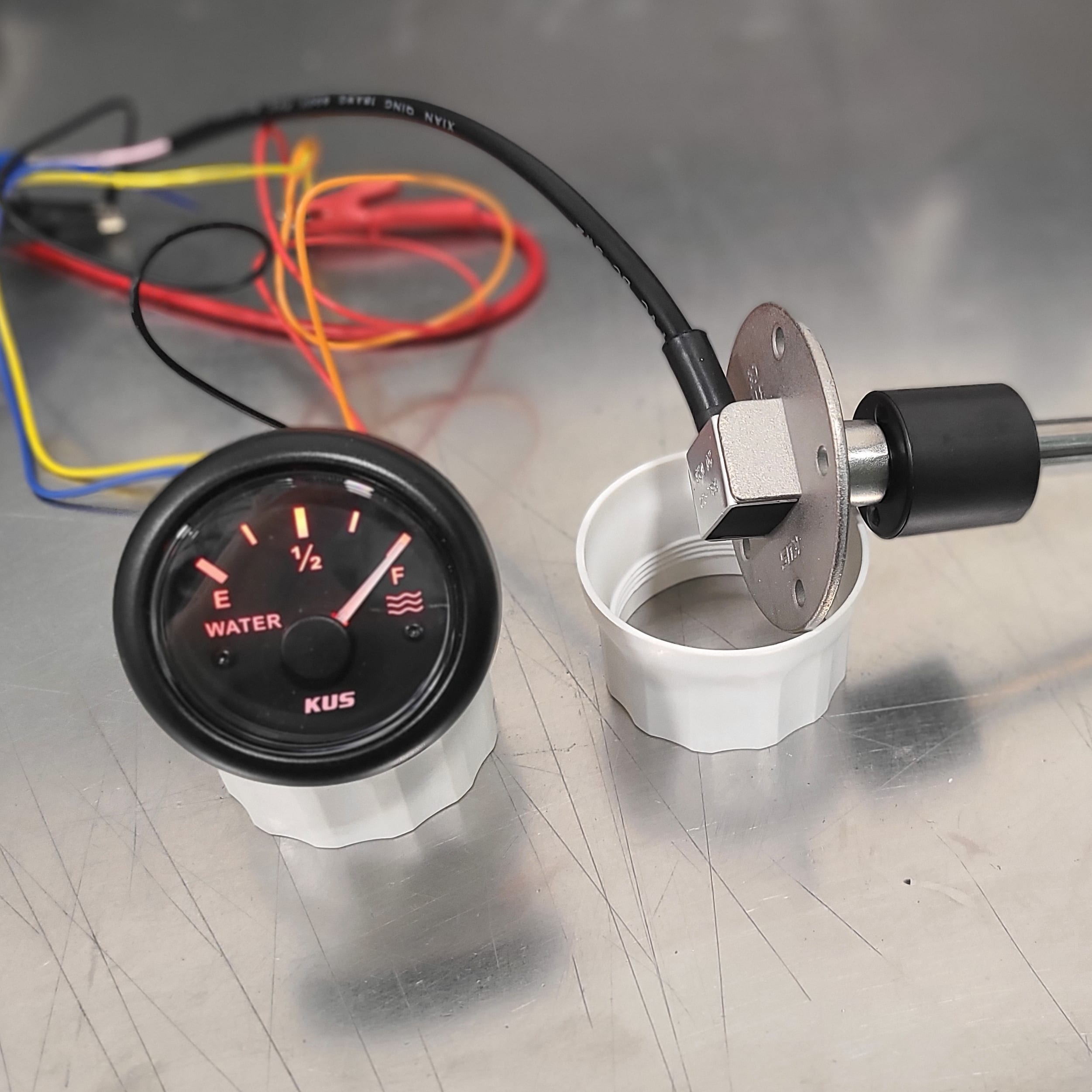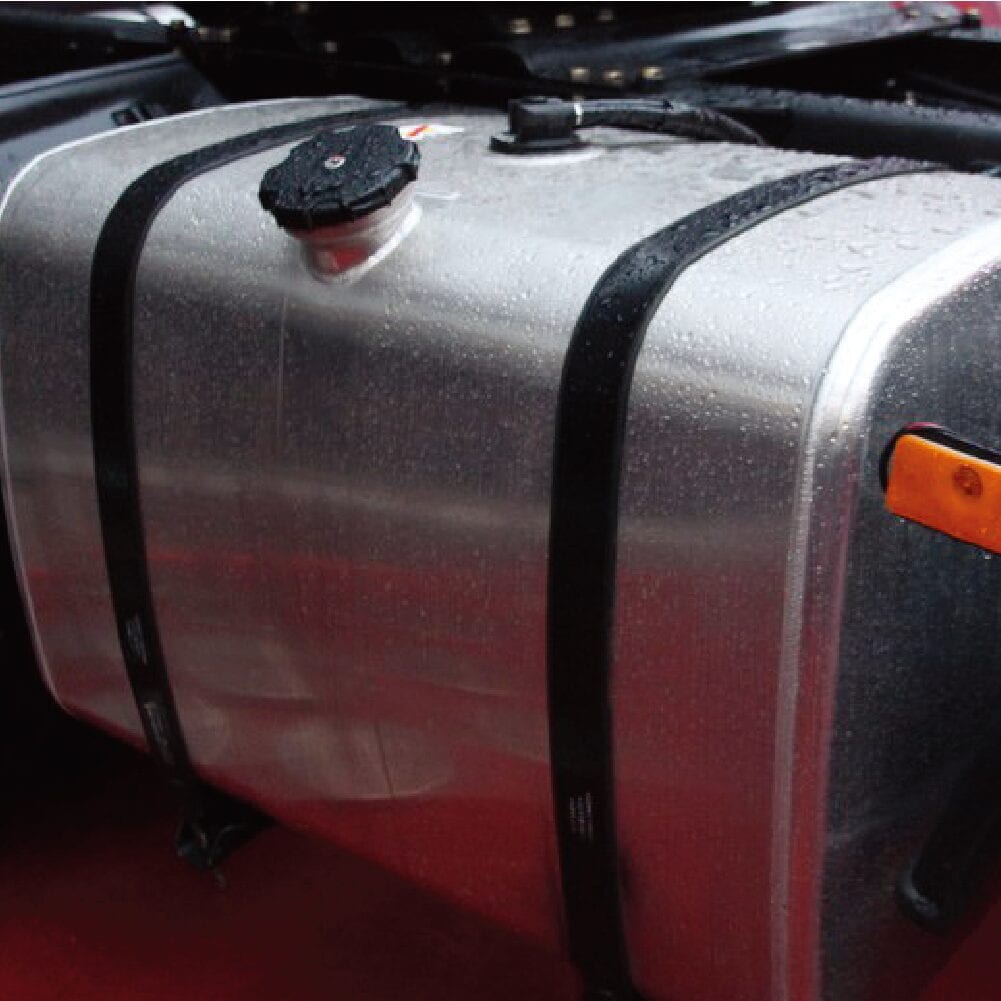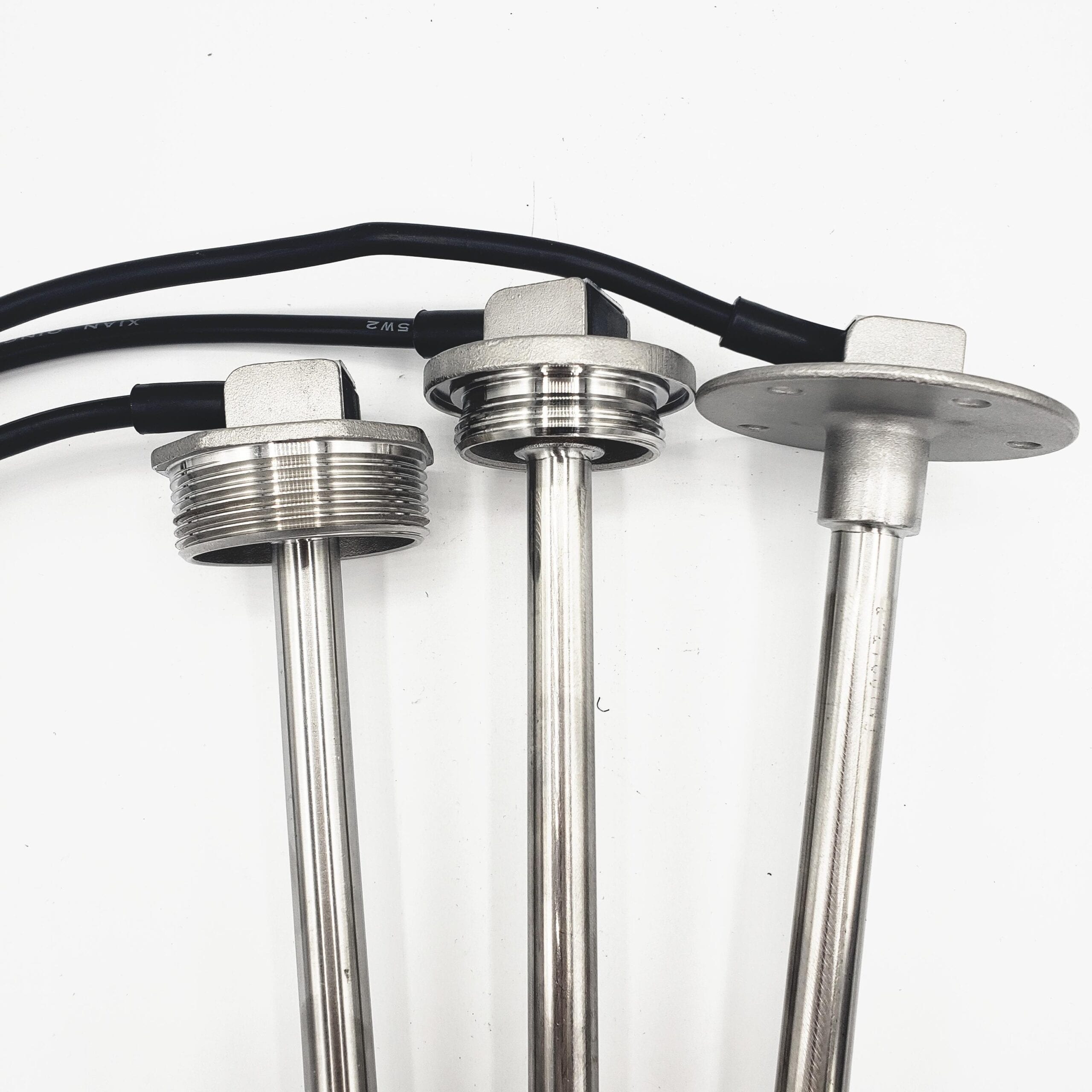Fuel level senders are some of the most important pieces of equipment in an application. It allows you to monitor how much fuel is in your tank at a given time and most importantly, when you need to refuel. Some senders have more advanced features like triggering an alarm when its nearing empty or having pick-up and return lines.
So, how do you know which one is right for your tank? Well, whether you are installing a new fuel tank in your boat or refurbishing an antique car, there are five things you must consider when looking for a new fuel level sender.
1. Application
When purchasing a fuel level sender, the first question to answer is what application the unit will be in. This will determine the type of sender you will need. If the application is high vibration or a harsh environment, would you need a stabilizing element such as a casing or spring? Would you need a fuel pick up or return line?
Where is your fuel tank going to be located and do you have enough space to mount the unit on the top of the tank? If not, perhaps a side mounted unit work better for the application. Is your tank stationary and there is no dashboard? A sender with a gauge on top would be the solution.


2. Signal Output
The signal output is how the sender in your tank and the gauge on your dashboard correspond with each other. You will need to determine if the signal output is on your gauge before to ensure you order the correct unit. Is the signal analog? If so, what is the resistive ohms range? Would it need to be American standard (240-33), European standard (0/10-180/190), or a custom ohms range?
Does the signal need to be voltage or milliamp? Or is your gauge operating with a digital signal such as J1939 or NMEA 2000? Once the signal is confirmed you can move forward with determining if a standard or calibrated unit is needed for your tank.
3. Tank Shape
Is your tank rectangular/square? Is it an abnormal shape or circular? Are there baffles or other items in the tank that may cause the sender to be damaged? Is there dead space at the top of the tank?
The answers to these questions would allow you to determine if the sending unit you purchase needs to be calibrated to the tank you have. A tank specific calibration would take into account the volume and shape of your tank so that the sending unit is providing accurate readings to the gauge.


4. Tank Depth
Along with knowing the tank shape, it is also important to know the depth of your tank. We recommend a 1” clearance from the bottom of plastic tanks and a minimum of 0.5” clearance from the bottom of heavy metal/aluminum tanks. Contrary to popular belief, the recommended clearance has nothing to do with the electronics or readings of our sending units.
The clearance is to allow the tank to flex or move without damaging the sending unit or the tank. The sending unit being 1” shorter will not affect the signal to the gauge and you will have a small reserve available once your gauge shows empty.
5. Mounting Style
The final factor to consider when purchasing a new sending unit is the mounting style. If you are replacing a sender, you should confirm the mounting style to ensure that the new unit matches what is already in the tank.
Our standard mounting styles are SAE 5 hole bolt pattern, 1.25” British Standard Pipe thread (BSP), and 1.5” National Pipe Thread (NPT). Also, depending on your application or tank, we offer several different customized heads for the units such as flange-bolt or bayonet mount.

Let KUS Be Your Fuel Level Sender Supplier
Trying to find the ideal fuel level sender doesn’t always have to be challenging or difficult, let us take on your challenges and keep you updated every step of the way. KUS trained customer service and sales associates are here to guide you through the process from initially making recommendations all the way to calibrating your fuel level sender to work with your unique tank shape so you can ensure that your getting an accurate fuel reading.
